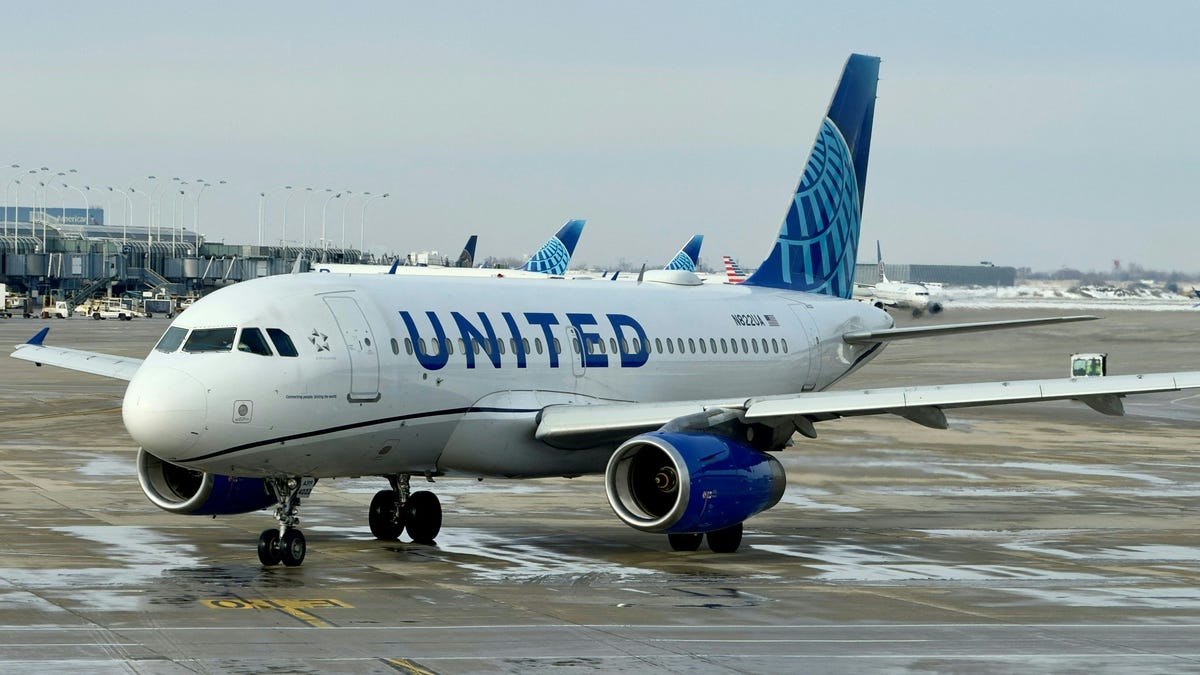Some passengers aboard international flights arrived at their destinations earlier than expected over the weekend, but it took their planes traveling at 800 mph to do so.
Commercial flights typically travel between 480 to 575 mph speeds, according to Flex Air Flight School. Eddie Sheerr, a meteorologist with NTV News in Canada, said in a post on X that the planes reached higher speeds because they got a “good push from near 200 mph jet stream.”
Jet streams are “relatively narrow bands of strong wind in the upper levels of the atmosphere,” according to the National Oceanic Atmospheric Administration. Winds blow from west to east within jet streams, the agency said.
The planes endured peak winds of around 265 mph, the second “strongest upper-level wind recorded in local history going back to the mid-20th century,” the National Weather Service’s Baltimore-Washington office said Feb. 17 in a post on X.
“For those flying eastbound in this jet, there will be quite a tailwind,” the NWS office said in the X post.
What flights traveled over 800 mph?
The affected flights included Virgin Atlantic Flight 22, which departed from Washington Dulles International Airport (IAD) at 10:45 p.m. Saturday and landed in London 45 minutes early due to the aircraft at a point reaching a top speed of 802 mph, according to flight tracking website FlightAware.
United Airlines Flight 64 from Newark to Lisbon reached 838 mph and landed 20 minutes early with the assistance of the jet stream, according to FlightAware.
No plane flew quicker Saturday than American Airlines Flight 120 from Philadelphia to Doha, Qatar, which reached a top speed of 840 mph. The flight landed 27 minutes earlier than anticipated, FlightAware data shows.
British Airways Flight 292 departed its gate Sunday night and arrived 32 minutes early after reaching a top speed of 806 mph less than an hour into the flight, according to FlightAware.
British Airways Flight 216 reached a top speed of 809 mph Sunday and landed at London Heathrow 20 minutes early after departing its gate at 6:38 p.m., FlightAware data shows.
Did these flights break the sound barrier?
No.
It’s true that the planes were traveling at more than 800 miles per hour over the ground, but that does not mean they broke the sound barrier. A plane’s speed is measured in two ways: ground speed, which represents how quickly the aircraft is moving between points on terra firma, and airspeed, which represents how quickly they are moving relative to the air around them. So, although these flights were traveling faster than the speed of sound on paper, the plane never broke the sound barrier. Speed of sound is referenced by airspeed, not ground speed – which is the measure being used for these flights.
Contributing: Zach Wichter, USA TODAY




